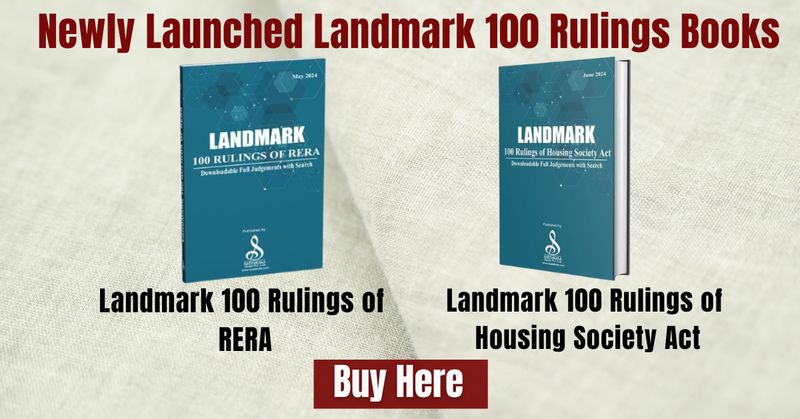On October 11, 2024, the Bombay High Court’s Division Bench, led by Chief Justice Devendrakumar Upadhyaya and Justice Amit Borkar, passed a significant order in the ongoing PIL (Public Interest Litigation) filed by Abha Singh vs. The State of Maharashtra and others. This case centers on the urgent need for stricter safety regulations for buildings at risk of man-made disasters. In response, the Court has directed the State of Maharashtra’s Urban Development Department to implement Special Safety Control Regulations for the City of Mumbai and the entire State of Maharashtra.
Background and Recent Developments
Previously, the Court had urged the Urban Development Department to expedite finalizing the Development Control and Promotion Regulations (DCPR) 2034 for Mumbai and the Unified Development Control and Promotion Regulations (UDCPR) 2020 for Maharashtra. These regulations have been pending, and the Court had emphasized that delays in their implementation were hampering safety improvements essential for fire hazard prevention and disaster resilience.
🌟 Looking for Landmark Judgments and Orders? 🌟
On October 10, 2024, in compliance with the Court’s previous order, the Department of Urban Development issued two notifications. These notifications include Special Safety Control Regulations specifically for buildings vulnerable to man-made disasters in Mumbai and across Maharashtra. The notifications aim to mitigate the impact of fire accidents and other disasters by enforcing enhanced safety protocols across new and existing construction projects.
Court Orders Strict Compliance with Notifications
Ms. Chavan, the Additional Government Pleader (AGP), presented the notifications dated October 10, 2024, before the Court. The Bench directed that these notifications be published in the official gazette without delay and stated that all Planning Authorities in the State must adhere to the regulations immediately upon publication.
The Court further emphasized the importance of making these notifications accessible to the public. It has mandated that once the notifications are officially published in the gazette, they should be uploaded to a public folder where they can be accessed by developers, planners, and residents alike. By enhancing public access to these regulations, the Court aims to foster transparency and ensure compliance across the construction sector.
Scope of the New Safety Regulations
The newly issued Special Safety Control Regulations primarily target buildings at risk of man-made disasters, such as fire incidents, which have become increasingly prevalent in Maharashtra. Under these regulations, both private and public building projects will be required to:
- Enhance fire safety measures, such as installing high-quality fire detection and suppression systems.
- Incorporate disaster-resilient design features in new constructions to reduce vulnerability to potential hazards.
- Comply with detailed safety protocols laid out in the notifications, which will be strictly enforced by the respective Planning Authorities.

The Court has expressed hope that the implementation of these regulations will significantly reduce the loss of life and property due to preventable disasters. Furthermore, it stressed that safety measures should not be an afterthought but rather an integral part of urban development plans in Mumbai and Maharashtra.
Implications for Urban Development in Maharashtra
The DCPR 2034 and UDCPR 2020, alongside these new safety control regulations, reflect the Court’s commitment to ensuring that urban growth in Maharashtra aligns with stringent safety standards. This case underscores the importance of comprehensive planning and proactive safety measures in modern urban development, especially in high-risk areas like Mumbai.
In the coming months, the real estate sector in Maharashtra will need to adapt to these enhanced regulations. Developers, architects, and engineers will play a critical role in integrating these safety protocols into new and existing projects, thereby contributing to a safer urban environment for all.


